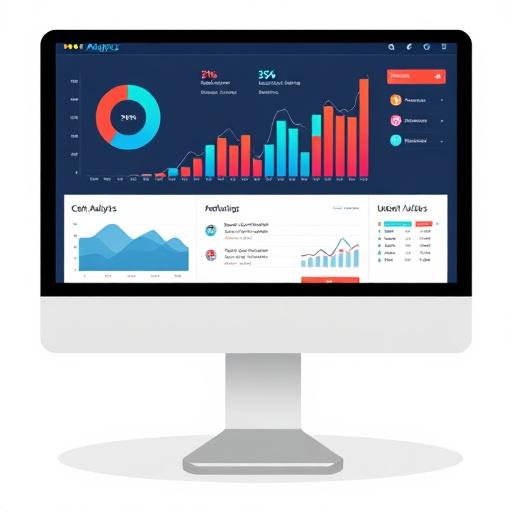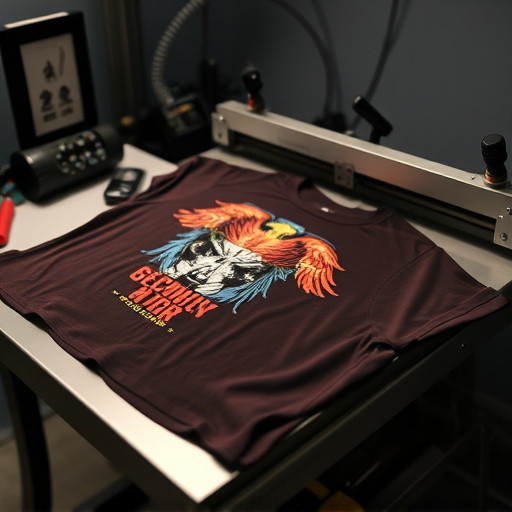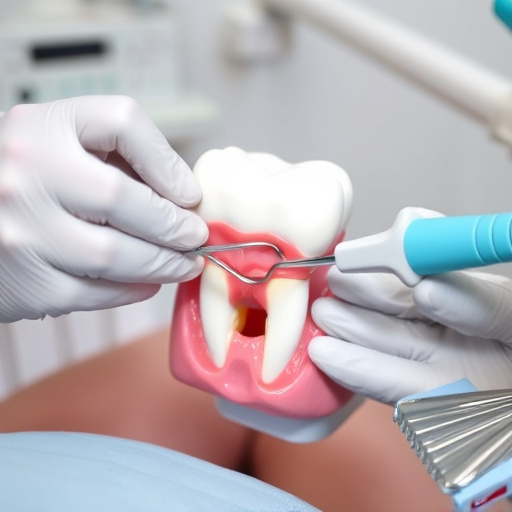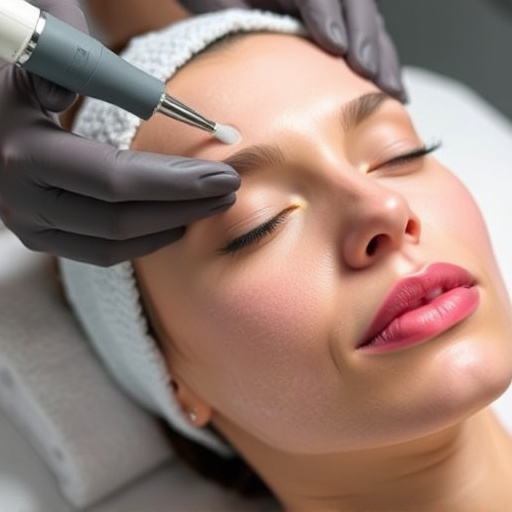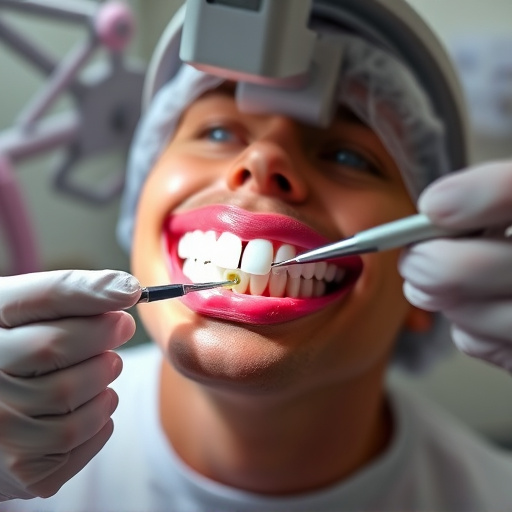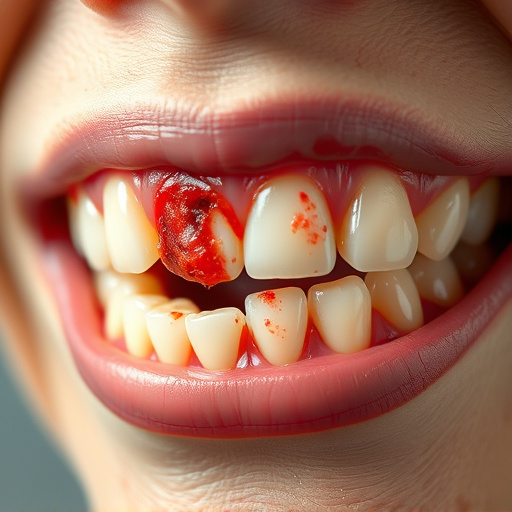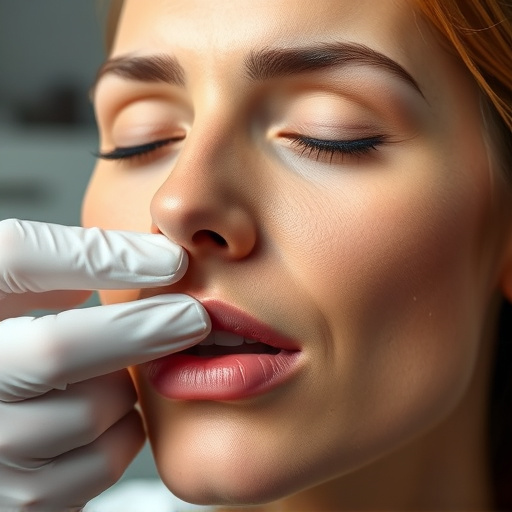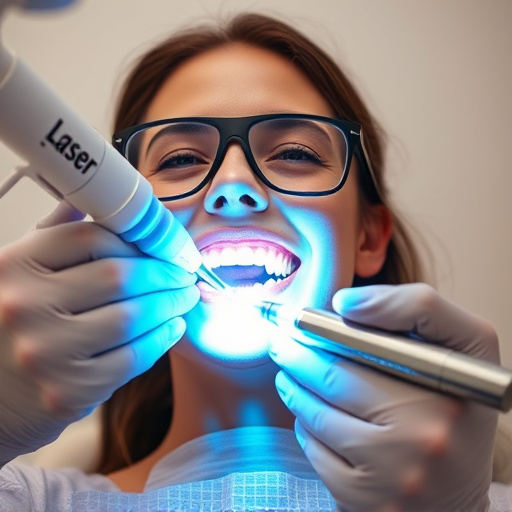An intraoral camera examination is a modern dental tool providing detailed visualization of mouth structures, aiding in early detection of decay or gum disease. This non-invasive procedure offers numerous benefits for insurance documentation, including high-resolution visual records and improved claim submissions efficiency. For optimal results, dental professionals should use proper lighting, patient positioning, sterilized equipment, and regularly calibrate devices. Patients should be educated on the benefits of routine exams and the role of intraoral cameras in modern dentistry.
An intraoral camera examination is a revolutionary tool in dental care, offering detailed visualization of oral health. This advanced technology captures high-resolution images, aiding dentists in diagnosing issues accurately. In this article, we explore the benefits of integrating intraoral cameras into insurance documentation, ensuring precise claims and enhancing patient care. Learn best practices for effective use, from setup to data management, to maximize the advantages of this innovative dental technology.
- Understanding Intraoral Camera Examinations
- Benefits for Insurance Documentation
- Best Practices and Tips for Effective Use
Understanding Intraoral Camera Examinations
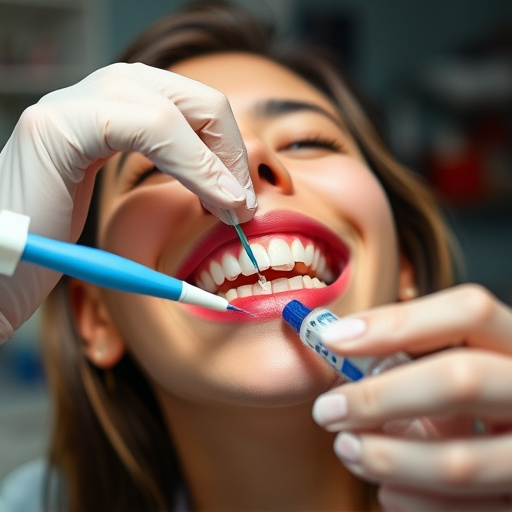
An intraoral camera examination is a modern dental tool that allows for detailed and precise visualization of your mouth’s internal structures. This advanced technology enables dentists to capture high-resolution images of teeth, gums, and other oral tissues. By incorporating an intraoral camera into routine check-ups, dentists can more effectively detect early signs of decay, gum disease, or other issues that may not be readily visible during manual examinations.
This non-invasive procedure involves a small, handheld camera that is inserted into the mouth to capture detailed images. The camera transmits these live images to a monitor, allowing both the dentist and the patient to see up-close views of dental conditions. This technology plays a crucial role in various aspects of dentistry, from restorative procedures like dental implants to preventive dentistry practices aimed at maintaining optimal oral health.
Benefits for Insurance Documentation
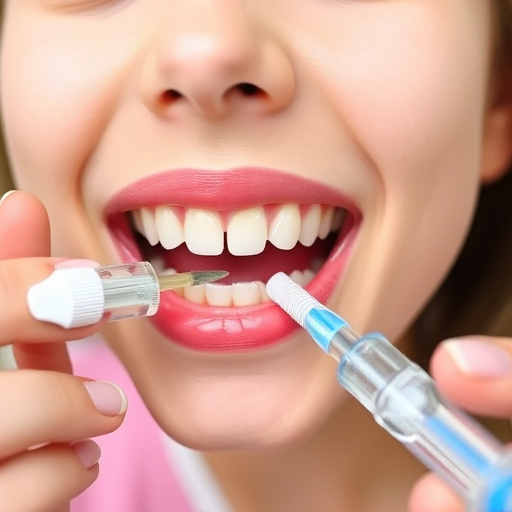
The use of an intraoral camera examination offers significant advantages for insurance documentation. This advanced technology allows for detailed, visual records of a patient’s oral health, providing clear evidence for insurance claims. Dental professionals can capture high-resolution images of teeth, gums, and other oral structures, which not only improves the accuracy of claim submissions but also facilitates faster processing times. With an intraoral camera, it becomes easier to document complex procedures like dental fillings, wisdom tooth removal, or any other specialized treatments.
By integrating this technology into their practices, family dentistry providers can enhance communication with patients and insurance companies. Visual documentation provides a more comprehensive understanding of oral health issues, enabling better decision-making for both the patient and the insurer. This level of detail ensures that every aspect of an examination is accurately represented, leading to reduced disputes and faster reimbursement processes.
Best Practices and Tips for Effective Use
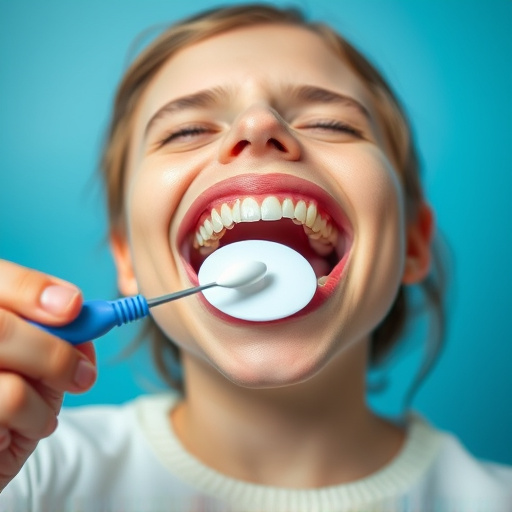
When conducting an intraoral camera examination for insurance documentation, best practices dictate a thorough yet gentle approach. Begin by ensuring proper lighting and positioning of the patient to maximize visibility. Use a sterile intraoral camera to capture high-resolution images that clearly show the teeth, gums, and oral structures. This not only aids in accurate documentation but also facilitates better communication with insurance providers.
To enhance the effectiveness of this procedure, incorporate regular calibration and maintenance of the equipment. Additionally, educate patients on the benefits of routine oral exams, encouraging them to understand the importance of early detection and prevention. For cosmetic procedures like fillings, use the camera to show before-and-after images, helping patients make informed decisions and demonstrating the value of modern dental technology.
Intraoral camera examinations are a valuable tool for dental professionals, offering enhanced visibility and detailed documentation. By utilizing these advanced technologies, dentists can streamline insurance processes, improve patient care, and provide comprehensive records. With the right practices in place, intraoral cameras enable precise diagnosis, effective treatment planning, and efficient claims submission, ultimately benefiting both practitioners and patients. This modern approach to dental examinations is a game-changer for accurate insurance documentation.
